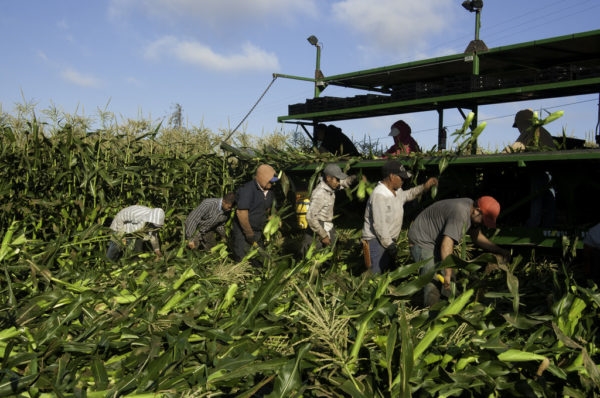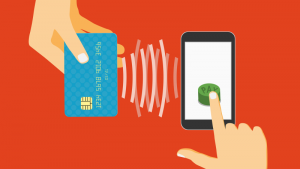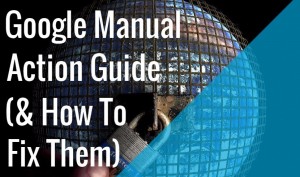— June 30, 2018

Progress towards reducing the unbanked population worldwide is encouraging: between 2011 and 2014, the number of adults worldwide with a minimum of a basic transactional bank account rose from 51% to 62%, and in the developing world it rose from 41% to 54%. Unfortunately, the global gender gap in finance is still 7%, and in the developing world persists at 9%.
In developing economies, 55% of women are unbanked, compared to 46% of men. Much larger disparities exist in some regions, particularly amongst the poorest segments of the population. For those living on less than $ 2 a day, women are 28% less likely to have a bank account than men.
There is significant evidence that access to ‘personal formal savings,’ increases women’s empowerment and that financially empowered women greatly benefit their families, communities and the global economy. Digital financial platforms like Uulala offer equal, accessible financial services, which can help empower unbanked and underbanked women worldwide.
Gender Gaps in Employment and Earnings Persist
Earnings and employment are strongly correlated with financial access, so differences in wages and labor must be taken into account in the mission to narrow the financial gender gap.
In Latin America, according to the ECLAC, labor force participation for women has stagnated at 53% and of those jobs, 78.1% are in “low productivity sectors” where the pay is lower, there is little job security, and the work requires few technological skills.
Even in the United States, the gender wage gap is still significant: According to the U.S. Department of Labor, as of 2016 women still earned on average 83 cents for every dollar men earned for the same job. Latinas in the U.S. face an even wider gap, with Latina women earning on average 72.2% as much as white, non-Hispanic women.
Women are still underrepresented in high-education fields, and overrepresented in low-paying occupations, such as in the service industry.
Unbanked Barrier
Relatively low wages in Latin America combined with tough credit practices in the U.S. have created another hurdle for migrant workers and immigrants to overcome when establishing themselves in the United States. Advances in financial technology are progressing much faster than traditional banking technology, and Fintech platforms are poised to capture the largely underbanked immigrant market in the U.S .
The blockchain company Uulala and their ecosystem, in particular, is designed to make financial life easier for immigrants, especially for the Latino population in the U.S. and for unbanked and underbanked individuals in Latin America. Migrant workers, often having worked for very low wages before emigrating, start with few assets in their new country. In order to succeed and to help support their families back home, they need options for making financial transactions without established credit. Especially now in the current US political climate, the need for borderless financial inclusion for this at-risk demographic is paramount.

Banking and the Digital Payments Market
A serious concern for new immigrants is how to access financial services after they move to a new country. They need to receive pay, pay rent and bills, and many also need to send remittances home to family or friends, but establishing a formal banking relationship takes time.
Bank Account Utility
More individuals worldwide have bank accounts than ever before, rising from 41% in 2011 to 54% in 2014, and continuing to increase. A bank account is an important first step towards financial inclusion, however having an account doesn’t mean using it. According to the World Bank, some 355 million account holders still send or receive remittances in cash, over a billion pay utility bills in cash, and half a billion pay school fees in cash.
Banking through formal institutions can be slow and inefficient for transferring funds domestically and across borders, cashing checks, or paying a mobile workforce. Digital payments are gaining popularity as more versatile platforms emerge, offering more financial services, faster transfers, and secure encryption technology.
Digital Payments Adoption
Global revenue from digital payments was $ 450 billion in 2015 and is expected to top $ 1 trillion by 2019. Consumers are adopting mobile wallets and increasingly paying for both online and in-person purchases digitally.
The proportion of global remittances sent digitally is expected to reach 36% (by value) of an expected remittance total of $ 600 billion for 2018, and to rise to 44% by 2021.
The pattern is clear: Digital payment technology is here to stay. It has the potential to increase financial inclusion for unbanked populations and to support the needs of a rapidly evolving workforce, and it is already revolutionizing the global payments ecosystem.
Business & Finance Articles on Business 2 Community
(103)







